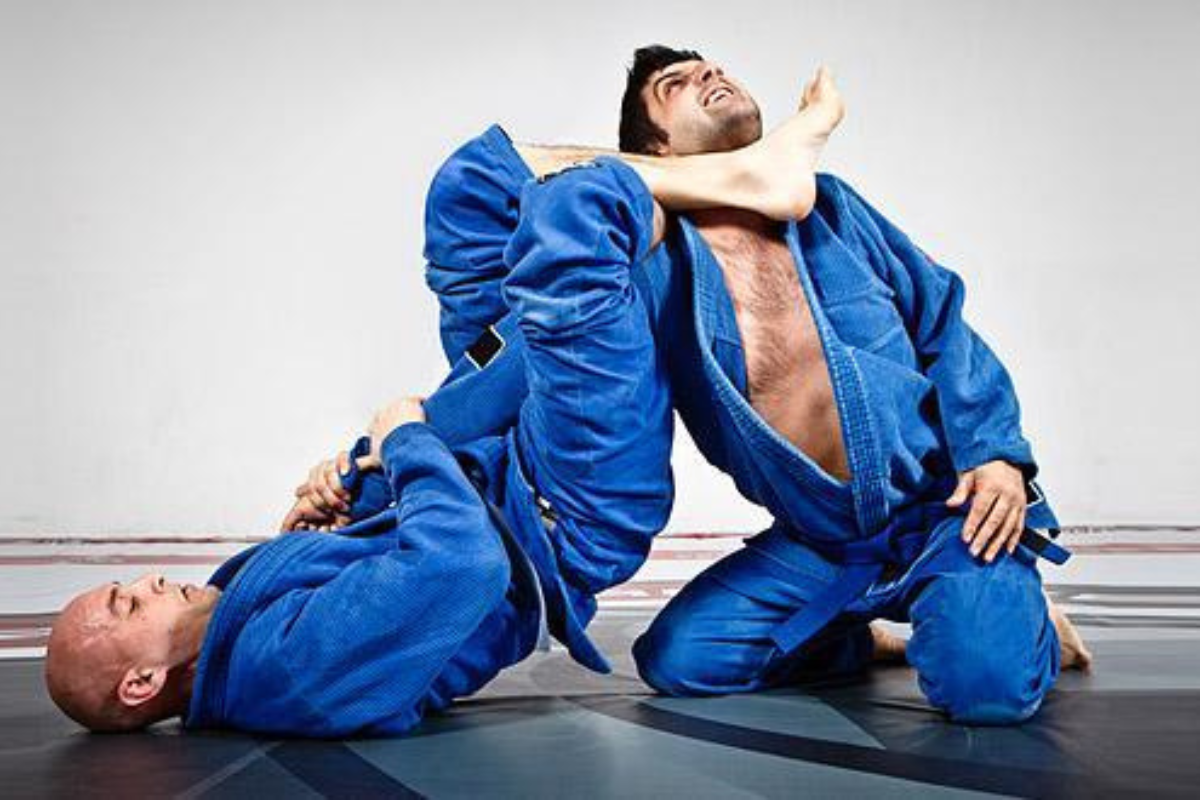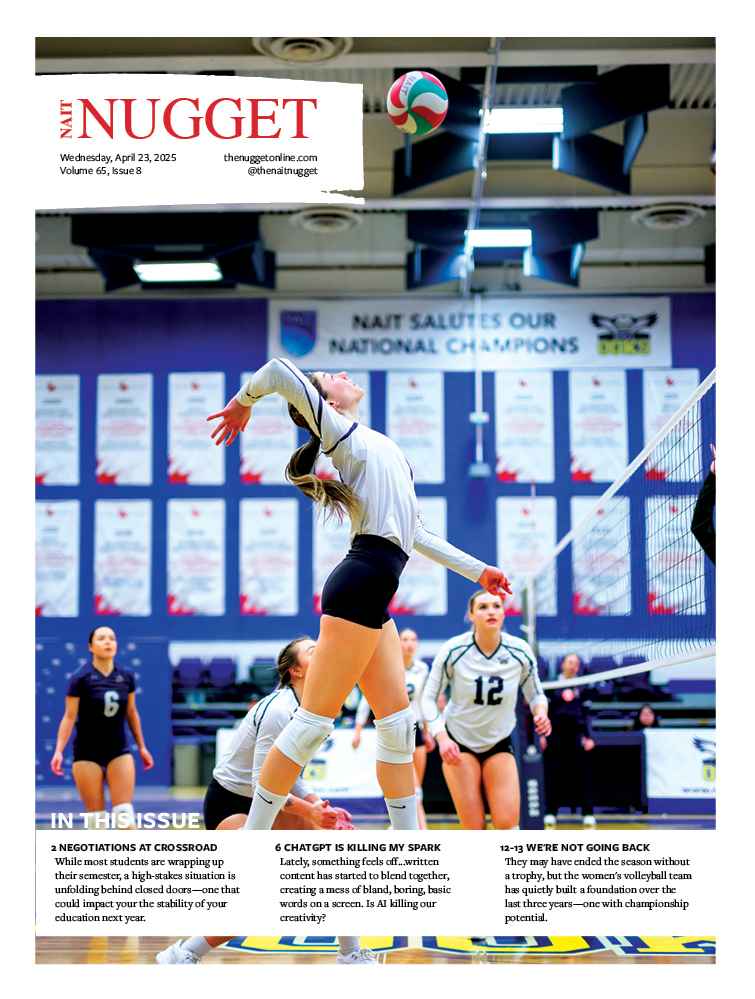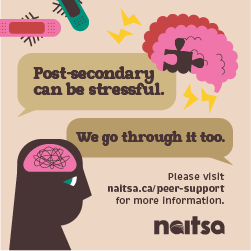Being close to the city lights, NAIT students are vulnerable to being victims of crime. Unfortunately, many dangerous activities take place in the city. According to the Edmonton Community Safety Map, downtown, Whyte Ave, 118th Ave, Jasper Ave and Coliseum are hotspots for criminal activity.
In the last three years, criminal activity has decreased. In 2021, however, data from Statistics Canada has shown a 15 per cent increase in sexual assaults. Along with this, hate-motivated crimes spiked, increasing by 75 per cent.
Students rely on campus protective services and government policing for protection against crime, but self-defence is empowering in emergencies. Suppose you know self-defence and get caught in a sticky situation. In that case, you can fend for yourself rather than depend on someone else.
Being a Gracie Jui-Jitsu (GJJ) practitioner, I have learned many strategies to defend myself. GJJ is a grappling martial art that teaches people how to keep their distance from an attacker and how to take a standing fight to the ground.
Exhaustive ground control is the main priority of the discipline, but there are submissions as well. Submissions are seen as an extension of control and offer another way to take somebody out of a fight. Submissions open up after control in the form of strangulations or joint distortion. For many, the pressure of either is enough for a forfeit, especially since these actions can put someone to sleep or cause bone breakage. Because of this, they are only used in dire situations.
I started GJJ in 2022, so I still have a long way to go before I can match up against my peers. Still, I feel confident in defending myself. I also am a lot more comfortable travelling alone in the city.
Edmonton Gracie Jiu-Jitsu offers a variety of courses for all ages. Some of these include Women’s Empowered and Combatives.
Women’s Empowered is a self-defence course that has been around for 20 years. Using data from law enforcement and reports from survivors, they found that sexual assaults follow the same four stage formula: identifying an unsuspecting target, subduing the target, exhausting the target and finally executing the sexual assault. Using this formula, the class teaches women the most common strategies to fend off attacks before they happen.
Combatives serves as the introduction course to GJJ, teaching students the fundamentals of the art. Students also learn about the philosophy of GJJ.
Like most martial arts, GJJ follows the idea that skills should only be used for necessary protection. Using the techniques in a harmful and selfish way goes against the view of the masters who teach the discipline.
Some follow martial arts on a lifelong journey, but learning how to defend yourself is key. The beauty of learning one of the arts is that you can do it at your own pace, on your own time. The freedom to choose when and how much you’d like to learn makes practicing more enjoyable.
There are many defence courses and martial arts that can prove to be helpful, all ranging in length and difficulty. GJJ teachings even extend to the Canadian and American military. They have unique lessons that differ from regular GJJ learners. The far range of GJJ teaching shows its efficiency and reliability, but it isn’t necessary to train your entire life to learn its techniques.
With basic training and understanding, you can set yourself up for success. Even having the slightest idea of what to do in an attack can go a long way. Learning Gracie Jiu-Jitsu helped me feel like I can defend myself–how could learning a martial art help you?






